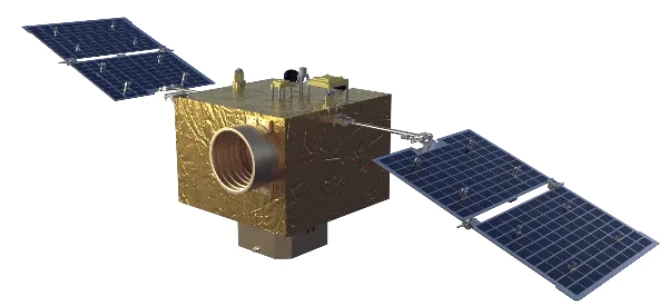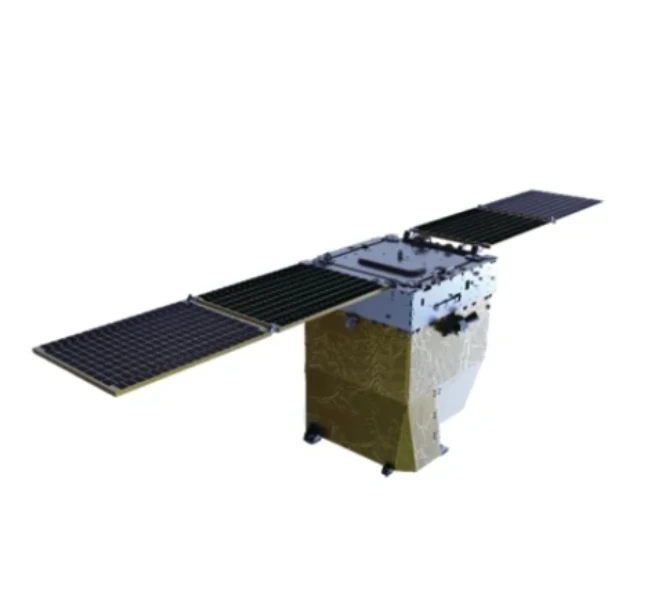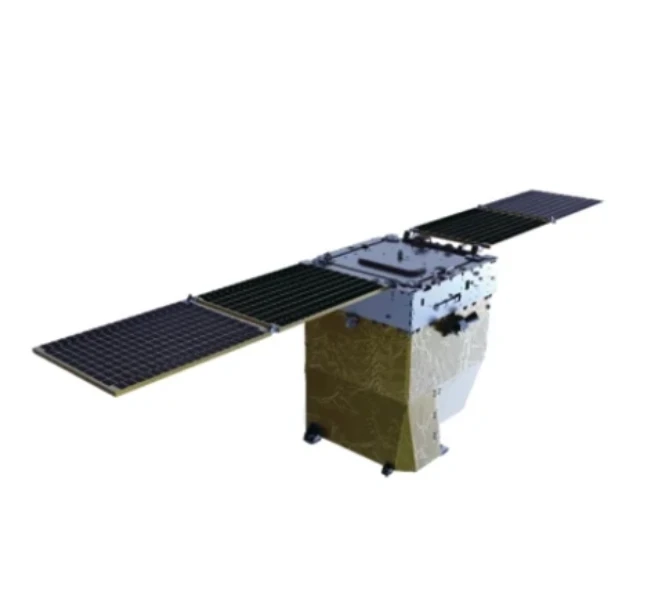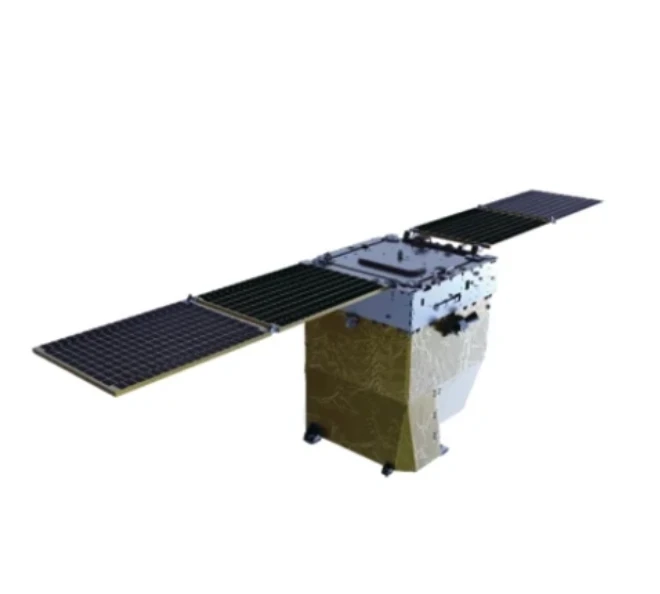
- Afrikaans
- Albanian
- Amharic
- Arabic
- Armenian
- Azerbaijani
- Basque
- Belarusian
- Bengali
- Bosnian
- Bulgarian
- Catalan
- Cebuano
- China
- Corsican
- Croatian
- Czech
- Danish
- Dutch
- English
- Esperanto
- Estonian
- Finnish
- French
- Frisian
- Galician
- Georgian
- German
- Greek
- Gujarati
- Haitian Creole
- hausa
- hawaiian
- Hebrew
- Hindi
- Miao
- Hungarian
- Icelandic
- igbo
- Indonesian
- irish
- Italian
- Japanese
- Javanese
- Kannada
- kazakh
- Khmer
- Rwandese
- Korean
- Kurdish
- Kyrgyz
- Lao
- Latin
- Latvian
- Lithuanian
- Luxembourgish
- Macedonian
- Malgashi
- Malay
- Malayalam
- Maltese
- Maori
- Marathi
- Mongolian
- Myanmar
- Nepali
- Norwegian
- Norwegian
- Occitan
- Pashto
- Persian
- Polish
- Portuguese
- Punjabi
- Romanian
- Russian
- Samoan
- Scottish Gaelic
- Serbian
- Sesotho
- Shona
- Sindhi
- Sinhala
- Slovak
- Slovenian
- Somali
- Spanish
- Sundanese
- Swahili
- Swedish
- Tagalog
- Tajik
- Tamil
- Tatar
- Telugu
- Thai
- Turkish
- Turkmen
- Ukrainian
- Urdu
- Uighur
- Uzbek
- Vietnamese
- Welsh
- Bantu
- Yiddish
- Yoruba
- Zulu
Exploring the Power and Precision of Optical Instruments
In today’s rapidly evolving landscape of science and technology, optical instrument solutions play a crucial role in everything from laboratory research to industrial diagnostics and consumer electronics. An optical instrument is a device that processes light waves—either to enhance an image for viewing or to analyze the properties of light. From simple magnifying glasses to sophisticated spectrometers, these tools have become indispensable in fields like physics, medicine, manufacturing, and astronomy. What makes an optical instrument so powerful is its ability to collect, magnify, or detect electromagnetic radiation and convert it into meaningful data or visuals. Instruments such as microscopes allow us to observe cells invisible to the naked eye, while telescopes bring distant galaxies into focus. In the industrial realm, optical instruments are vital for quality control, material composition analysis, and precision alignment.
Optical Emission Spectrometer for Metal Analysis: A High-Precision Tool
Among the most advanced optical instrument technologies is the optical emission spectrometer for metal analysis, which has revolutionized the way we verify and study metallic elements. This powerful instrument operates by exciting atoms in a metal sample using a spark or arc, causing them to emit light at characteristic wavelengths. The optical emission spectrometer for metal analysis then measures the intensity of these wavelengths to determine the concentration of elements such as iron, nickel, copper, chromium, and more. Widely used in metallurgy, automotive manufacturing, aerospace, and foundries, it provides rapid, accurate, and non-destructive testing. The results are crucial for ensuring alloy quality, verifying material grades, and meeting regulatory standards. The adaptability of the optical emission spectrometer for metal analysis also allows it to test a wide range of solid metal samples and detect trace elements with high sensitivity—making it an essential optical instrument in modern materials science.
Optical Instruments and Their Uses in Science and Industry
Understanding optical instrument and their uses provides insights into how foundational these tools are across various disciplines. In medicine, optical instruments like endoscopes enable doctors to view internal organs without surgery, while in education, microscopes offer students hands-on exploration of biological structures. In industrial sectors, laser alignment tools and spectrophotometers ensure precision in manufacturing and color matching. Photography and cinematography rely heavily on optical instruments such as lenses and filters to control light exposure and focus. In environmental monitoring, spectrometers and photometers detect pollutants in air and water. Astronomy uses telescopes and spectroscopes to study celestial bodies and cosmic phenomena. The wide range of optical instrument and their uses proves that whether it's for exploration, analysis, or measurement, these devices are central to innovation and discovery. Even modern smartphones incorporate miniaturized optical systems for camera focus, facial recognition, and AR applications.
Technological Advancements in Optical Instruments: A New Era of Clarity
The past decade has seen tremendous advances in optical instrument technology, driving greater accuracy, portability, and automation. Innovations such as fiber-optic imaging, digital sensors, and machine learning integration have enhanced how optical instruments function. For example, handheld spectrometers are now capable of real-time metal analysis in the field, making optical emission spectrometer for metal analysis more mobile and efficient than ever. In the medical field, optical coherence tomography (OCT) allows ophthalmologists to capture cross-sectional images of the retina with micrometer resolution. Meanwhile, laser interferometry is used in structural engineering and space research for detecting tiny displacements. These breakthroughs are supported by better software algorithms that process light data more accurately, along with enhanced optics made from high-purity glass and nanostructured coatings. The result is an ecosystem where optical instrument design keeps pace with the growing demand for smarter, faster, and more reliable data capture across industries.
Choosing the Right Optical Instrument for Your Application
With so many types of optical instruments on the market, selecting the right one requires a clear understanding of the application’s specific needs. For laboratory use, the optical emission spectrometer for metal analysis stands out for elemental composition testing. If magnification is the primary goal, one may choose between compound microscopes for biology and stereo microscopes for material inspection. In precision engineering, laser-based tools offer non-contact measurement of distance, surface profile, or alignment. Understanding optical instrument and their uses helps in narrowing down the choices—for instance, a UV-Vis spectrophotometer is ideal for chemical analysis in solution, while a telescope is better suited for astronomical observation. Budget, environment, required accuracy, and data integration capabilities are all key considerations. Consulting with experienced optical instrument suppliers or manufacturers can provide tailored solutions that match technical demands and long-term goals.
optical instrument FAQs
What is an optical instrument and how does it work?
An optical instrument is a device that uses light (visible or otherwise) to magnify images, analyze materials, or measure physical properties. These instruments operate by manipulating the behavior of light through lenses, mirrors, prisms, or diffraction gratings. Examples include microscopes, telescopes, spectrometers, and optical sensors. They allow us to observe or detect things that are not visible or measurable by the naked eye.
What is the function of an optical emission spectrometer for metal analysis?
An optical emission spectrometer for metal analysis is used to determine the chemical composition of metallic samples. It excites atoms within the metal using a high-energy source like a spark or arc, causing the atoms to emit light. Each element emits light at specific wavelengths, which are then analyzed to quantify the concentration of elements like iron, carbon, nickel, and copper. It is a non-destructive and highly accurate method used in metallurgy, manufacturing, and quality control.
How do optical instruments differ from electronic instruments?
Optical instruments work primarily by capturing and manipulating light to produce an image or measurement, whereas electronic instruments often rely on electrical signals and sensors. Optical devices like spectrometers or microscopes are essential for light-based analysis and imaging, while electronic instruments might be better suited for current, voltage, or signal processing. Many modern systems combine both for enhanced performance.
What industries rely on optical instruments?
Virtually every scientific and industrial sector uses optical instruments. In healthcare, they are used for diagnostics and surgery. In manufacturing, they ensure product quality and composition analysis. Aerospace and automotive industries use them for material testing and laser alignment. Academic research, telecommunications, agriculture, and environmental science also heavily depend on specialized optical instrument applications.
Are optical instruments expensive and hard to maintain?
The cost of an optical instrument depends on its complexity and application. Basic instruments like hand lenses or basic microscopes are inexpensive, while high-end tools like optical emission spectrometers for metal analysis can be costly due to their precision and technology. Maintenance usually involves cleaning lenses, calibrating software, and occasionally replacing light sources or sensors. Many instruments come with service contracts to simplify upkeep.











